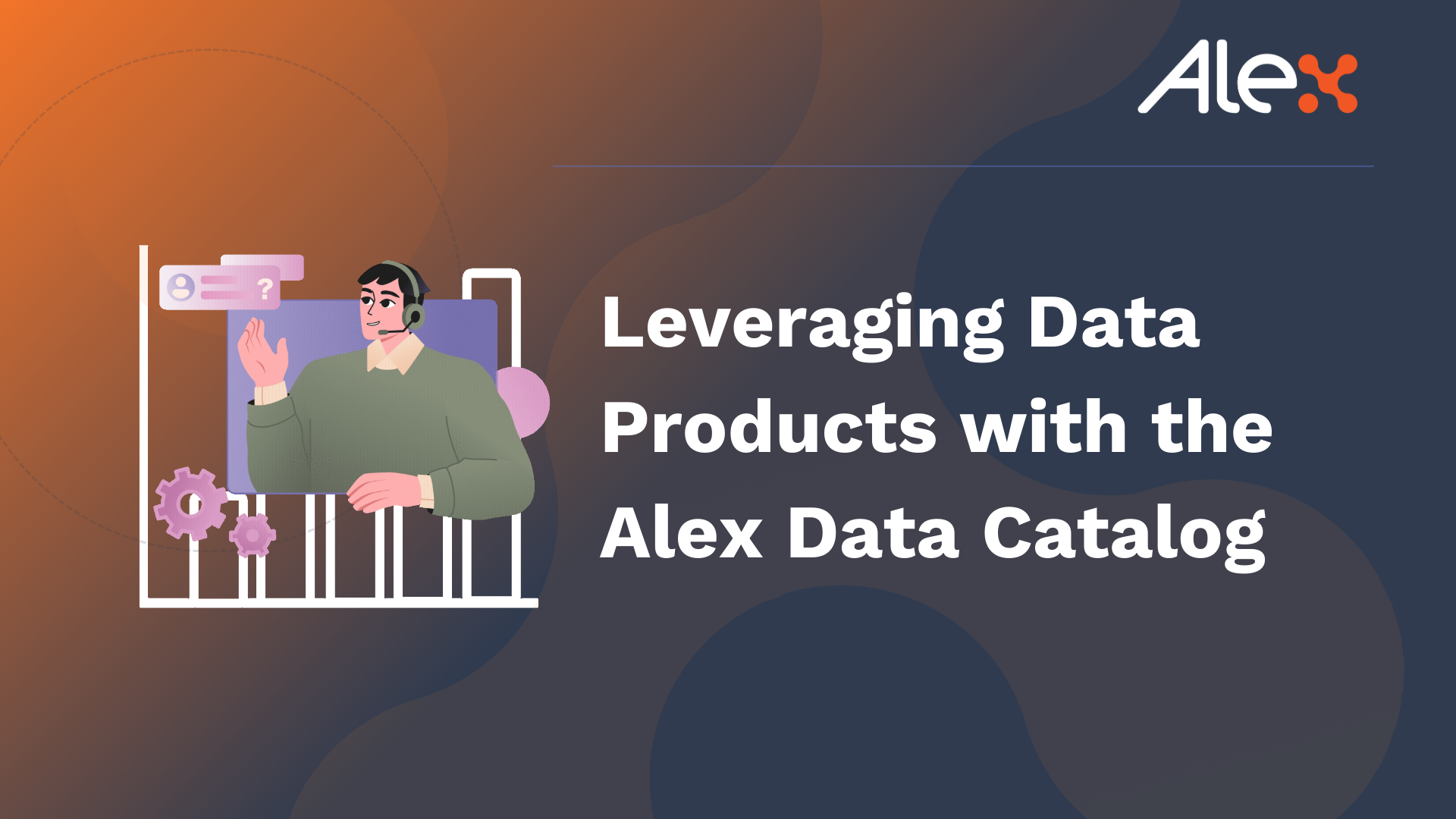The cloud is only as good as the metadata that powers it; without data lineage, your organization will suffer from misunderstandings. Data lineage allows cloud architects to build a better cloud by providing visibility into where your data is, who owns it and where it’s going in real time.
Cloud data is growing at an exponential rate.
As more organizations move their workloads to the cloud, they generate more data than ever before. This growth in cloud adoption has led to increased interest from CIOs and other IT leaders, who want to know how to best leverage this opportunity for innovation while ensuring compliance with business requirements such as GDPR. As part of this process, they need answers to some important questions: How do I keep track of my company’s information? Where does it live? Who has access rights? And what happens if something goes wrong?
Data lineage is an important aspect of data management and governance in cloud architecture. Cloud architects need data lineage to understand the flow of data within their systems, track where data comes from, where it is stored, how it is processed, and how it is used. This information helps in ensuring the accuracy, reliability and security of data, which is critical for making informed business decisions. Data lineage also enables cloud architects to meet compliance and regulatory requirements, monitor data usage and perform impact analysis in case of changes to the data or the system.
What is a cloud architect data lineage?
A cloud architect is a technology professional who designs and manages an organization’s cloud computing strategy. They must align the organization’s goals and requirements with available cloud solutions to create a comprehensive and cost-effective cloud architecture. The key responsibilities of a cloud architect include assessing the organization’s current infrastructure, selecting appropriate cloud services and technologies, designing and implementing a cloud computing architecture that meets security requirements and regulatory compliance, ensuring seamless integration with existing systems, monitoring performance, staying up-to-date with industry trends, and recommending updates to the organization’s cloud strategy.
In summary, the role of the cloud architect is to design and manage the organization’s cloud infrastructure in a way that supports its goals and requirements while ensuring its security and regulatory compliance.
Why do cloud architects need data lineage?
Data lineage provides a complete picture of the lifecycle of data within an organization’s cloud infrastructure. This includes the origin of data, how it is transformed and processed, who has access to it, and where it is stored. This information is critical for ensuring the integrity and accuracy of the data, as well as its compliance with regulatory requirements.
Cloud architects are responsible for ensuring their organization’s applications run smoothly in a multi-cloud environment–a job made more difficult by the fact that many businesses don’t know what kind of metadata they have or where it lives (or even if they have any). Having a clear understanding of data lineage also helps cloud architects make informed decisions about data management and governance. For example, they can use this information to identify where data may be vulnerable to security breaches, or where there may be opportunities to improve the efficiency of data processing. In addition, data lineage can be used to perform impact analysis, which allows cloud architects to understand the potential consequences of changes to the data or the systems that manage it.
Another key benefit of data lineage is that it enables cloud architects to comply with regulatory requirements, such as data privacy laws, by providing a clear record of how data is collected, stored, and processed. This information can also be used to demonstrate compliance with industry standards, such as those set by the General Data Protection Regulation (GDPR) or the Health Insurance Portability and Accountability Act (HIPAA).
In short, data lineage provides cloud architects with the information they need to make informed decisions about data management and governance, ensure data accuracy and reliability, and comply with regulatory requirements. This information supports data architects in fulfilling their role in designing and managing the organization’s data infrastructure in a way that supports its goals and requirements.
Why Alex cloud architect data lineage?
With the importance of data lineage in cloud architecture firmly established, it’s clear that your data lineage tool needs to be top-notch, especially considering the size and complexity of cloud data. Your data lineage tool must be automated, lightning-fast, and easily scalable. In addition, it’s essential that your lineage tool is intuitive and easy to deploy without causing any disruptions. That’s precisely why Alex stands out as the perfect tool for cloud architects, offering world-class automated data lineage with unparalleled cross-application visibility.
Regardless of what your cloud environment looks like, Alex can effortlessly track all your data across all systems. What’s more, Alex’s technologically agnostic design means that our data lineage and cloud migration services are provided together with other data governance tools, all purpose-built to work together in perfect harmony. If you’re curious about why cloud architects need data lineage, or why Alex is the ideal tool for the job, don’t hesitate to request a free personalized demo:




